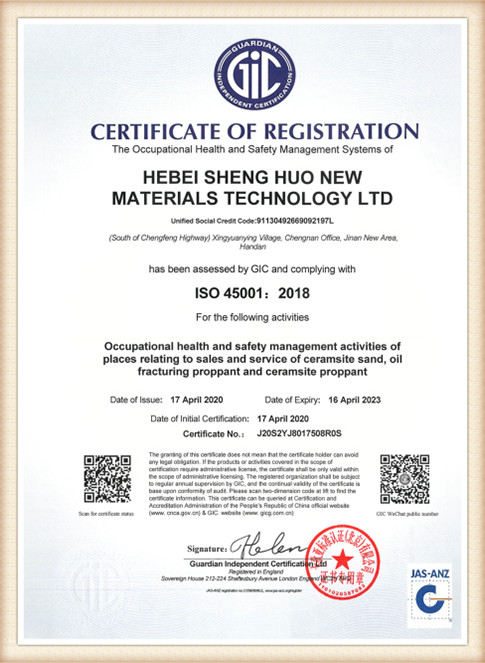The Art and Science of Sand Casting
Sand casting, one of the oldest and most versatile metal casting processes, has been utilized for centuries in various industries. Its origins can be traced back to ancient civilizations, where metals were shaped into tools, weapons, and artistic objects. Today, it remains a preferred method for producing complex metal parts due to its myriad of advantages and relatively low costs. This article explores the intricacies of sand casting, its process, advantages, applications, and environmental considerations.
At its core, sand casting involves creating a mold out of sand to produce a metal part. The basic steps of the sand casting process include pattern creation, mold making, melting the metal, pouring, and finishing. The first step involves creating a pattern, which is a replica of the desired object. Patterns are often made from wood, metal, or plastic and can be constructed as one-piece or multi-piece systems, depending on the complexity of the final product.
Once the pattern is ready, it is used to form a mold. In sand casting, fine sand mixed with a binder (often clay) is packed around the pattern to create a mold that captures the intricacies of the design. The mold is usually made in two halves, called the cope and drag, which are then assembled. The key to successful sand casting lies in achieving the right sand mixture, a balance between coarseness and fine particles, which allows for adequate strength and detail retention while facilitating easy removal of the cast part.
After the mold is created, molten metal is prepared for pouring. Metals such as aluminum, iron, bronze, and magnesium are commonly used due to their favorable casting properties. The metal is melted in a furnace, reaching extremely high temperatures, and is then poured into the sand mold via a pouring basin. Once the metal cools and solidifies, the mold is broken away, revealing the cast object.
sand cast

One substantial advantage of sand casting is its flexibility. Complex shapes, including those with intricate details, can be created with relative ease. Additionally, the process can accommodate large castings, making it suitable for various applications, including automotive components, machinery parts, and art pieces. Moreover, sand casting is capable of using various metals, allowing manufacturers to tailor their production processes to specific material properties.
Another significant benefit is the relatively low cost of production. The materials required for sand casting—primarily sand and a binder—are inexpensive and widely available. The process does not necessitate high-end equipment compared to other casting methods, such as investment casting or die casting. This accessibility makes sand casting an attractive option for small businesses and artisans seeking to create custom components.
However, while sand casting boasts numerous advantages, it is not without its challenges. The quality of the final cast can be influenced by several factors, including the quality of the mold, the temperature of the molten metal, and the pouring technique. Defects such as sand inclusion, cold shuts, and porosity can occur, leading to compromised structural integrity. Therefore, ensuring proper technique and control throughout the process is essential for achieving high-quality results.
Environmental considerations have also emerged in the context of sand casting. Traditionally, silica sand was the primary material used for molding. While this material is abundant, concerns have risen regarding the environmental impact of sand mining and the potential health hazards associated with silica dust. As a result, the industry is seeking sustainable alternatives, such as recycled sand and binders derived from non-toxic materials, which can reduce the ecological footprint of the sand casting process.
In conclusion, sand casting is a time-honored process that continues to adapt and thrive in modern manufacturing. Its combination of versatility, cost-effectiveness, and ability to produce complex shapes makes it a valuable technique for various industries. As the sector evolves, incorporating sustainable practices and addressing environmental concerns will be pivotal for its future. Whether used in industrial applications or artistic ventures, sand casting will undeniably remain a cornerstone of metal casting processes for years to come.
Post time:Դկտ . 02, 2024 03:59
Next:3d sand casting
